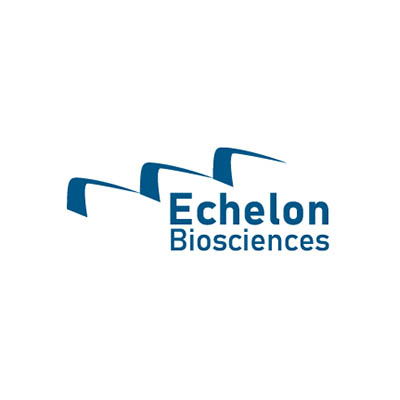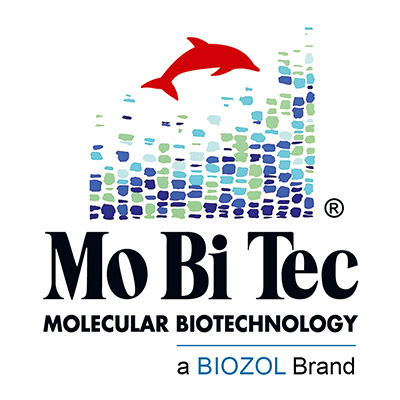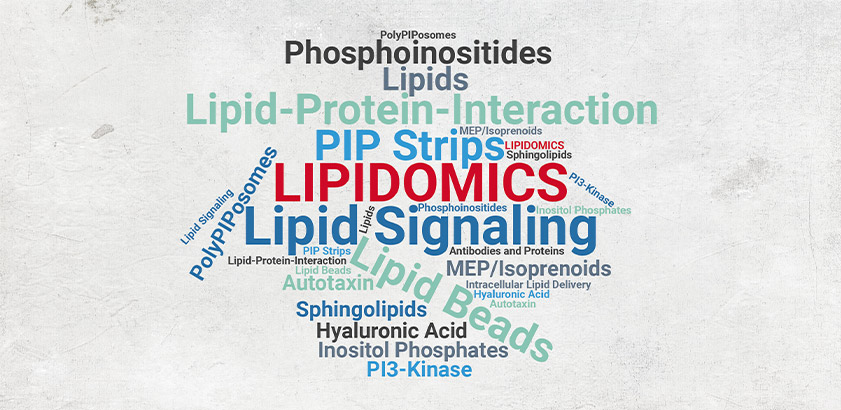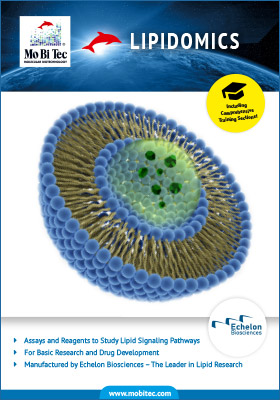No results were found for the filter!

1, 2-Dipalmitoyl-sn-glycerol (Echelon Product Code: L-0016 250MG)
Order #: ECH-L-0016-250MG

1, 2-Dipalmitoyl-sn-glycerol (Echelon Product Code: L-0016 1G)
Order #: ECH-L-0016-1G

1, 2-Distearoyl-sn-glycerol (Echelon Product Code: L-0018 100MG)
Order #: ECH-L-0018-100MG

1, 2-Distearoyl-sn-glycerol (Echelon Product Code: L-0018 250MG)
Order #: ECH-L-0018-250MG

1, 2-Distearoyl-sn-glycerol (Echelon Product Code: L-0018 1G)
Order #: ECH-L-0018-1G

DLPC (12:0/12:0 PC) (Echelon Product Code: L-1112 100MG)
Order #: ECH-L-1112-100MG

DLPC (12:0/12:0 PC) (Echelon Product Code: L-1112 250MG)
Order #: ECH-L-1112-250MG

DLPC (12:0/12:0 PC) (Echelon Product Code: L-1112 1G)
Order #: ECH-L-1112-1G

DMPC (14:0/14:0 PC) (Echelon Product Code: L-1114 100MG)
Order #: ECH-L-1114-100MG

DMPC (14:0/14:0 PC) (Echelon Product Code: L-1114 250MG)
Order #: ECH-L-1114-250MG

DMPC (14:0/14:0 PC) (Echelon Product Code: L-1114 1G)
Order #: ECH-L-1114-1G

DPPC (16:0/16:0 PC) (Echelon Product Code: L-1116 100MG)
Order #: ECH-L-1116-100MG
Viewed
*All prices in € excl. VAT and shipping



